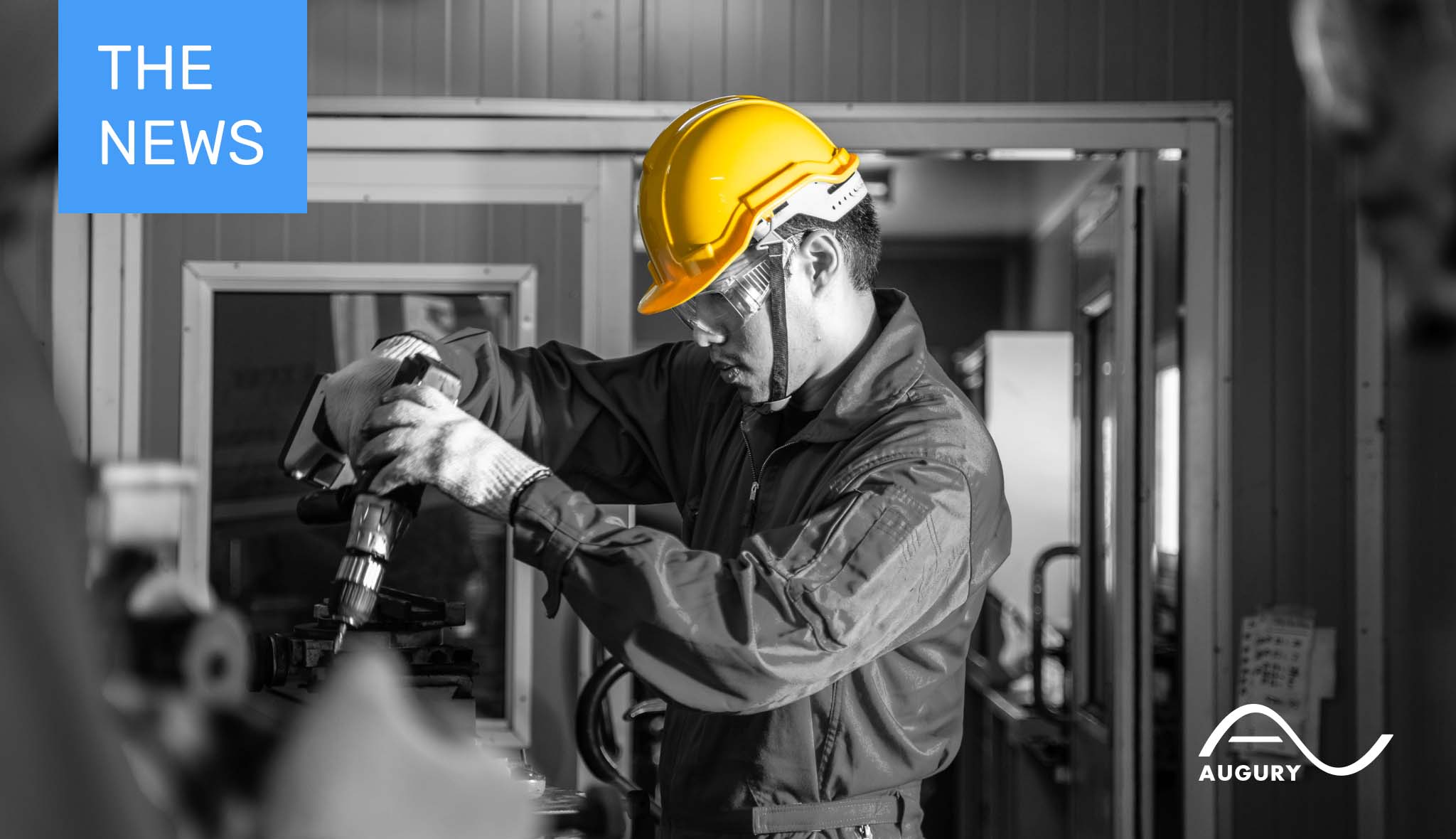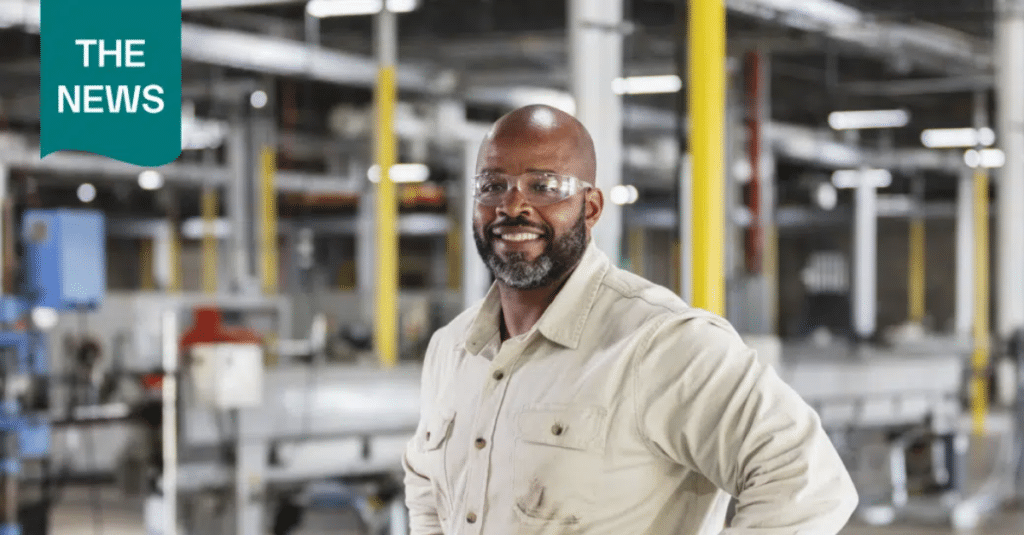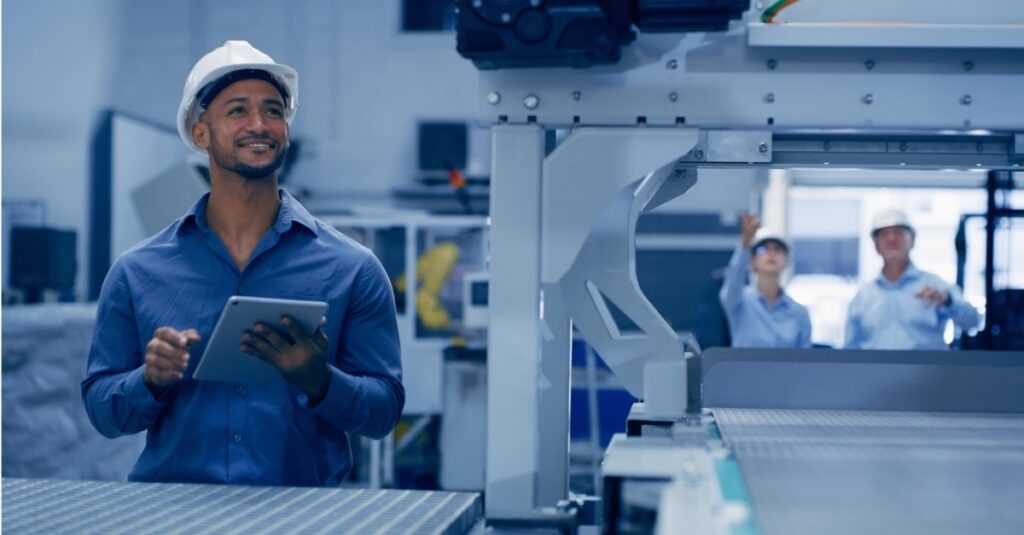
Is Homer Simpson an innovation visionary? Can we automate innovation? Will AI innovations be democratized? Can you grow batteries on trees? Read all about it in our monthly round-up of manufacturing-related news.
Can We Automate Innovation?
Famously unskilled, Homer Simpson is still everyone’s favorite animated nuclear plant worker. He also happens to be an innovation visionary, according to ‘The Big Idea: What’s The Secret Of Innovation?’
“There’s a scene in The Simpsons in which Homer’s half-brother Herb unveils his new invention – a machine for translating baby talk – and Homer tells him: ‘People are afraid of new things. You should have taken an existing product and put a clock in it.’”
Indeed, studies show that innovations tend to surf the wave between “received wisdom” and “some fresh thinking”. In fact, over time, patents have become increasingly modular – “like Ikea furniture”.
“The codes used to classify patents are also modular. Under the International Patent Classification (IPC) system agreed in 1971, every patent filed is assigned a combination of letters and numbers depending on which of eight sections it falls under – examples include ‘Electricity’ and ‘Fixed Constructions’ – with additional letters and numbers adding detail. When technologies combine in new inventions, so do these codes. Tacchella’s group used this fact to try to predict future combinations of codes – and hence, future innovation.”
“The first step was to feed about 7,000 patent codes into a neural network and let the network arrange them in space according to the frequency with which they appeared in a global patent database. The space in question was not physical space, obviously, but something more abstract: the space available for innovation. Once they had done this, they could identify zones in that space that had yet to be invaded by existing technologies.”
And it’s these spaces of the “adjacent possible” that are “ripe for innovation”.
Currently, this method is now being adopted to drive innovation in the EU’s environmental sector. Are we at the cusp of automating innovation?
Freedom in Structure
Certainly, a lot of “adjacent possible” possibilities have been opening up around AI over the past year. But now, some people are worried that impending data and AI regulations in the EU and the US will slow innovation, according to ‘What’s next for AI?’. But then again, many others are very welcoming to finally having a playbook to follow – especially one where the end goal is enhanced privacy and fairness.
Meanwhile, Big Tech companies may be losing their primacy in AI innovation in the face of an open-source revolution. “A group of over 1,000 AI researchers has created a multilingual large language model bigger than GPT-3 – and they’re giving it out for free. The big companies that have historically dominated AI research are implementing massive layoffs and hiring freezes as the global economic outlook darkens.”
“Next year could be a boon for AI startups,” says one pundit. “There is a lot of talent floating around, and often in recessions people tend to rethink their lives – going back into academia or leaving a big corporation for a startup, for example.”
“We’re entering an era where [the AI research agenda] will be less defined by big companies,” says another pundit says. “That’s an opportunity.”
Doing It Right: From A Clean Slate
Another place to look for innovation to bubble up is those places where reshoring has been implemented intelligently, according to ‘Bringing Manufacturing Back To The US Requires Political Will, But Success Hinges On Training American Workers’
“It is impractical to bring all manufacturing back to the U.S. Offshoring is often less expensive. But research shows that certain types of in-country manufacturing can not only help secure national security but also spark innovation.”
“When research and development are conducted close to where the goods are physically made, this proximity can increase the likelihood of collaboration between these two activities. Collaboration can lead to greater efficiencies.”
“Product development can benefit as well. New research demonstrates that U.S. firms that located their manufacturing and R&D physically close to each other generated more patents than firms that did not.”
But it only works if done right. You must leverage all the tech at your disposal while still keeping all process and operations as people-centered as possible. “If firms choose to relocate their companies to benefit from the synergy of R&D, then they must be able to attract the best human resource talent available.”
Go Workforce!
So, it doesn’t matter if you coming up with batteries made from trees, “working on liquid telescope mirrors, a lunar oxygen pipeline, and Martian building blocks made of fungi”, or streamlining your pharma production. You will always need a skilled and innovative workforce to make it happen.
In other words, while Homer Simpson may be regarded by some as an innovation guru of sorts, he will definitely need to up his skills game when it comes to his work on the factory floor. Let’s hope he gets the right support from his boss Mr Burns in that journey.
Read ‘Manufacturing – The News: Entering 2023 With Eyes On Implementation’.
To learn more about how Augury’s own innovations in maximizing production, get in touch today.




